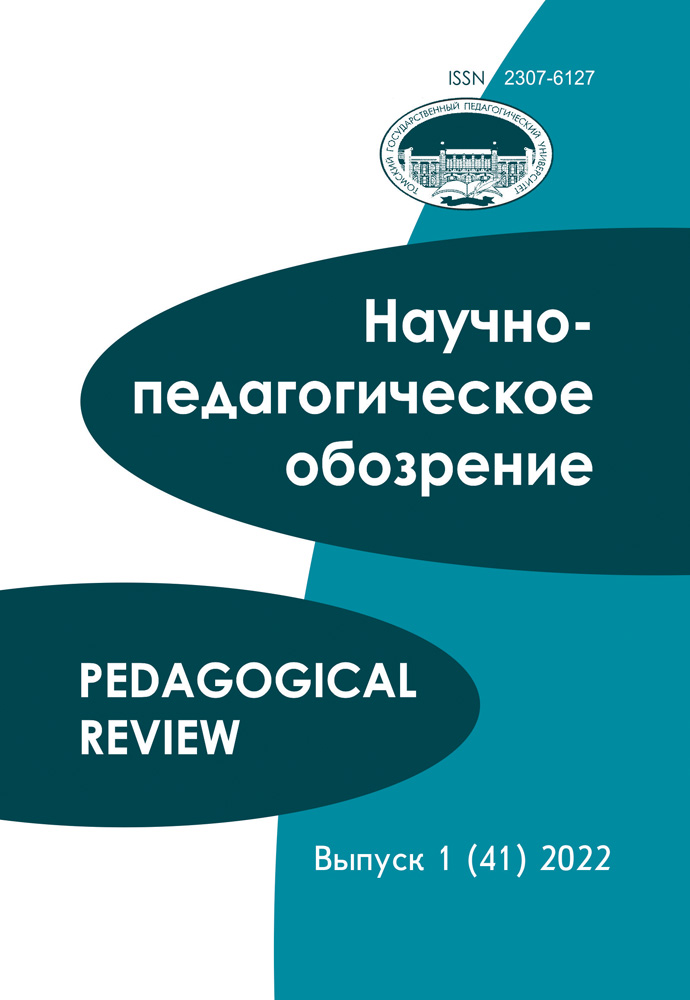Search
| # | Search | Downloads | ||||
|---|---|---|---|---|---|---|
| 1 | Today narrative is used in many areas of human activity, and the museum is no exception, especially as the narrative by nature is very close to the museum space. The article is devoted to the problems of the integration of narratives into the museum space. On the example of contemporary museum expositions and exhibitions, techniques and trends in the use of narratives in the museum are analyzed. Author tries to prove the effectiveness of their application to solve the most pressing problems associated with the interpretation of historical and cultural heritage. The main attention is drawn to the narrative architecture of museum buildings, narrative in the basis of expositions, the use of literary narratives, the use of multiple narratives. In addition, the author analyzes the key problems of the contemporary museum, which can be solved by using narratives. Keywords: narrative, museum, museum design, museum anthropology, exposition, difficult heritage, interpretation of heritage | 1770 | ||||
| 2 | The article is devoted to the analysis of the term “museum anthropology” and definition of the main directions of application of this sub-discipline. Today museums meet with new functions and challenges, and not all museums can quickly adapt to existing conditions. There is an increasing need for anthropological tools for understanding the museum visitor: from their motivations to social interactions in the museum space. Based on the basic links between anthropology and museum work, as well as new challenges facing the museum field, the author suggests a new look at museum anthropology and its goals, greatly expanding both the term itself and the scope of anthropological knowledge in the museum business. The article considers the following key areas in museum anthropology: personnel management and the study of a professional museum community; anthropological study of the museum visitor and understanding of the museum space as a specific field; the adaptation of museum space based on an anthropological view of the museum visitor; community formation; building relationships with ethno-confessional groups and socio-cultural designs in the museum. Such a unified approach would be also useful for museums, as most of the problems today appear to be somehow connected with a lack of understanding of the importance of anthropological factors in contemporary world and anthropology, as museums remains one of the key platforms for popularizing scientific knowledge. Keywords: museums, museology, museum anthropology, socio-cultural anthropology, museum design, socio-cultural management, migration, ethnomuseums | 1932 | ||||
| 3 | The article is devoted to the use of outdated ethnonyms and ethnophaulisms in contemporary Russian museum practice. In a number of European and North American countries in recent years there has been a tendency to rename museum objects containing ethnophaulisms in their names (Negro, savage, barbarian, Kaffir, etc.). In the Russian museum practice, this problem was not voiced in any way, although its scale is comparable with the situation in the museums of other former empires. Basing on the labeling of exhibition projects in Russian museums, as well as the materials presented in the State Catalog of the Museum Fund of the Russian Federation, the authors conduct a quantitative and qualitative analysis of the use of outdated ethnonyms and ethnophaulisms in Russian museum practice and formulate practical recommendations on the use and adaptation of outdated ethnonyms in museums. Keywords: ethnophaulisms, museum, museum anthropology, etiquette, museum communities, ethnonyms, the State Catalog of the Museum Fund | 1082 | ||||
| 4 | The determination of social functions of institute is one of the most difficult issues in social anthropology. This discussion isn’t absolutely theoretical; on the contrary, the issue of the social functionality of the museum is one of the key issues for their further development. Some researchers honestly admit that a lack of understanding of social functions leads to a sharp decline in the effectiveness of museums. The article analyzes the functions of the museum as a sociocultural institution on the basis of such a historical and anthropological source as anecdote. This issue, despite its fundamental importance, has rarely been analyzed in an anthropological vein. In addition, the interconnection between the museum and the culture of laughter has received little attention from researchers, although this topic clearly has great potential. For this research we used block of contemporary Russian anecdotes and the anecdotes of the soviet period (1917–1991) for comparative analysis. Totally more than 500 texts were analyzed. The analysis of the anecdotes associated with the museum shows that, despite the low popularity of this institution, in mass culture and consciousness, in the culture of laughter, its key functions and problems are clearly recorded. This once again confirms the importance of analyzing folklore texts for assessing the role of the museum in communities of any level. This material can be used to solve a variety of problems of museum management, from assessing the effectiveness of the socio-cultural activities of the museum to marketing campaigns. Keywords: anecdote, museum anthropology, museum work, social functions, laughter culture | 1068 | ||||








